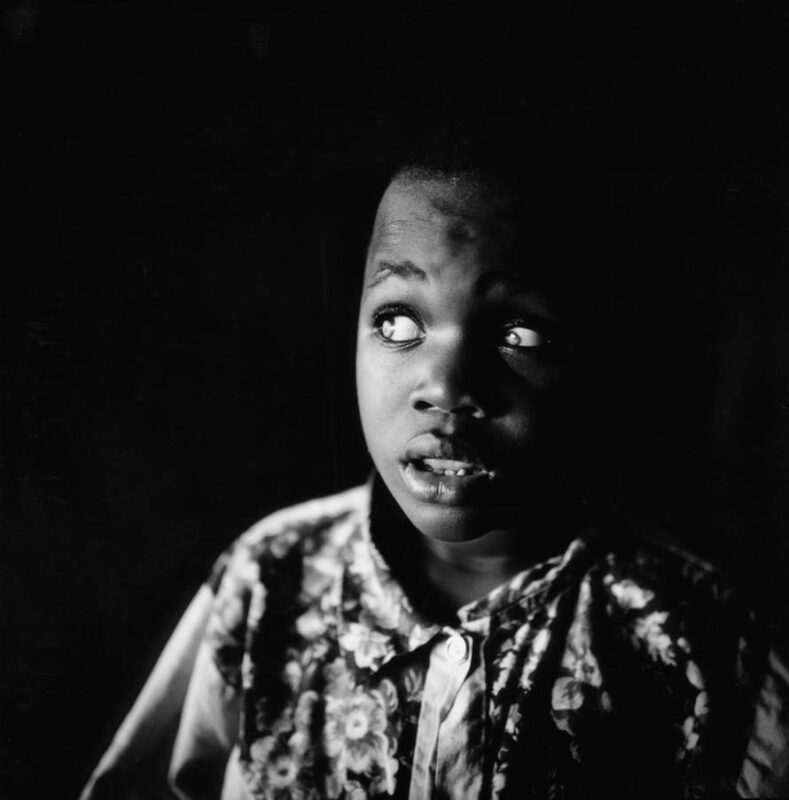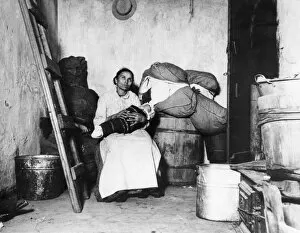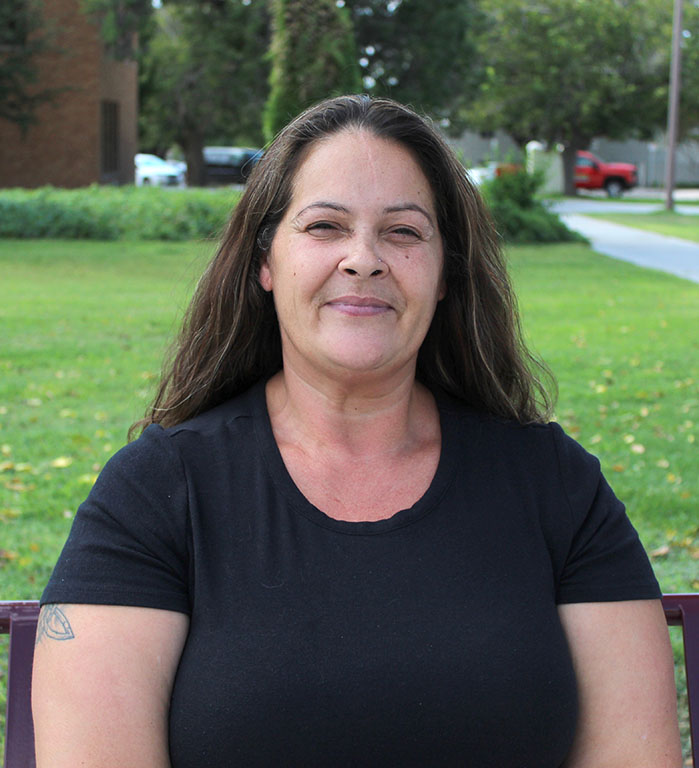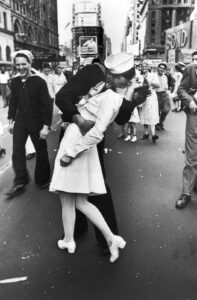PHOTOJOURNALISM ESSAY: A GLIMPSE OF PHOTOGRAPHY.

Margaret Bourke White







Uknown author.

As we can see in Hetherington’s picture, the light is coming from the windows behind and next to Ghandi. I think that White wanted Gandhi to read the book and become thoughtful. The focus of the photo is the spinning well, and although Ghandi is the subject in the background, it creates some sort of balance. What I love about this picture is that it shows a call moment in the tumultuous life of Ghandi, and if I could take a picture like this, I would choose a policeman as my subject, since they work in dangerous laces, so showing a happier and calm moment of theirs, would show a positive side of this job.
What I like about Eisenstaedt’s photo is that it shows Monroe in a natural and non-extravagant scenery, but herself posing like a woman who knows her value on her patio. The light source is probably just the sun. Since this is a more of a human picture, I think that Eisenstaedt waited for the right sunlight and pose to make Monroe look like a human being but stylish. Of course, we could replicate this picture on any place: we‘d need a good day with good sunlight, a gorgeous woman in black and white clothes, a garden surrounded by wooden walls, and the right moment to take the photo.
What I like about Feininger’s picture and what makes it great is that it’s so clean, contrasting, and summarizes what photojournalism is: a photographer looks at us (the world) through his camera/eyes. There are two light sources, the one behind him to illuminate the background and the one in front of him to create the silhouette. I don’t think the photographer had to do a lot to get the picture since it’s perfectly staged in a studio, but pf course the right angles and pose had to be right for him. The focus of the image is the photographer and the camera emulating his eyes. So, I think this picture could be easily imitated since we’d need an old camera, light kits, and a white background.
What I like about Carter’s picture and what makes it great is that it represents the conflict and terrible famine behind it, and what ultimately happened after the success that Carter had: his suicide over the scandal of not helping the little girl. There’s only one light source, the sun, and the photographer had a few seconds to take the picture before any sudden action from the buzzard. So, the focus is the little girl, who’s implied to be the bird’s prey. Due to the circumstances surrounding this event, it would be extremely difficult to imitate a photo like this, here in the US.
What I like about Martin’s picture is the aesthetique and historical importance, we can see both rivals: the African American strikers who are fighting for their rights and the militia that’s trying to stop them. The only light source is sunlight and Martinha had an extremely decisive moment before the troopers’ attack. Although it wouldn’t be hard to replicate this picture in a place around the world where there‘s a strike, it just won’t happen near these cities.
What I love about Ami’s picture is the use of light and shadows and the powerful meaning behind it. The light is possibly coming from a window and its casts on the baby who’s clearly starving. The mother is barely visible, and it appears to be a representation of the Death taking over the little children (the most vulnerable victims of every civil war, such as the Ethiopian one in the early 80’s). Because of that, I think that Amin had to wait to find the right moment for the mother and baby to be in a perfect painting-like posture, which was incredible for beauty purposes but tragic once you delve into what lies behind this photo. The focus of the picture is the baby of course, so it could bring to light who the victims are, and without leaving the mother aside, which sort of represents this gloomy figure of Death.
Although this picture would be hard to replicate a 100% the easiest way to do it is by going to shelter for migrants in Ciudad Juarez and represent the same idea: civilians are the ones who either must escape or perish because of their governments’ failures.
Nagai’s murder’s picture is just great and meaningful due to the importance it has in photojournalism, since it shows what many of them had gone through during their journalistic journeys in dangerous places, and like Nagai, where many of them had been killed doing their passion. The light source is the sun and it’s coming from the upper right. Whoever took the picture before Nagai’s final had to be extremely decisive and fast because the soldiers shot at him right after he fell. Hence, the focus is Nagai, with the people running away to save themselves and the soldiers coming after them. Saying that, it’s impossible to replicate a picture like this around El Paso or Las Cruces, but not in other cities around the world, where wars are still going on.
Hetherington’s picture is simply heartbreaking to watch. What makes it great is that it reflects what blind kids (or with other diseases) go through in Africa by the simple gaze of the kid portrayed here. Hetherington created his Inner Lights photography album as a way to give the spotlight to a school for the blind in Sierra Leone. It is well known that people who suffer from mental and physical disabilities are ostracized or even killed in some African villages, such as people with albinism who are thought to be the devil. The use of the light, which possibly comes from a light kit on the right, focuses on the kid as a way to demonstrate humanity and positivity in people like him, who probably went through a lot (the darkness in the background) before finding hep in this African refuge. Hence, Hetherington only had had to ask the child to look to the right to express a chase for a bright future. Because of this idea, it can be replicated or extrapolated to other themes.
There are many people with disabilities that haven’t received help from the government, so a subject like this would be the right to display the same idea, and we‘d also need a black background, a light kit, and the exact moment where the person shows vulnerability or happiness.
What I like about Nachtwey’s photo is how gloomy and tragic it is. We see the cemetery and the hundreds of tombs, where the focus is the woman mourning over one. Although we don’t see her face under the burqa, I think it’s a way to reflect the idea that countless of mothers have lost their relatives due to the war and terrorists (in this case the Talibans), and without a face, she represents these women. It appears to be a cloudy day, but the sun is the only natural light source, and even though it could seem like a simple picture to take, it must have been a tough and difficult work for Nachtwey to do, to take the exact moment when the moth touches the tombstone and grieves for her loss. Furthermore, we can recreate the same idea of mothers losing their relatives by going to Ciudad Juarez, where mothers also lost their daughters in unresolved circumstances in a case known as ”Las Muertas de Juarez (the dead women of Juarez).“





